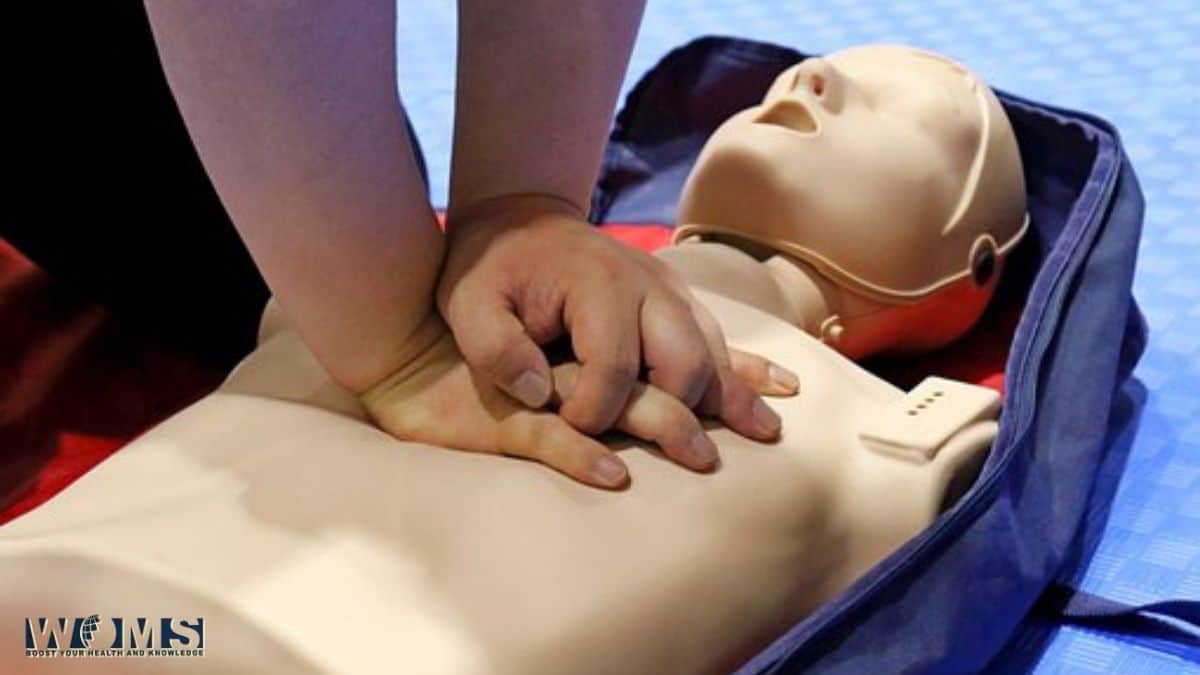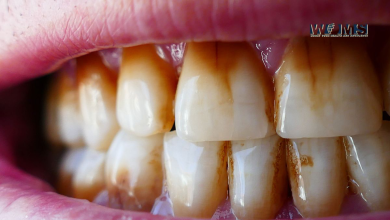How To Do CPR And Use An AED

Saving lives is the goal of every medical practitioner. However, it may vary from situation to situation. Sometimes, doctors save lives through medication. In the opposite scenario, there can be an emergency requiring immediate action. Whenever patients arrive with cardiac arrest, they need immediate help. When he has a crisis in cardiac arrest or breathing, treating a patient is a Cardiopulmonary resuscitation (CPR). So, the question arises, how to do CPR? To answer your question, we have compiled this blog in a simplified manner.
For doing CPR, you need not be a medical doctor. However, if you are, you must have seen the oral display of CPR at your medical college in the first year of your MBBS. Well, in either case, training is essential. You may be well trained about how to do CPR, but it can be challenging at times. The real challenge is how you remember each step. And then how you administer them. Please keep reading for exploring facts about CPR in a step-wise manner. This guide will enable you to help someone in an emergency around you. The great idea is to print this guide and keep it with for dealing with any trouble. Let’s get started.
How to Do CPR? | Preparative Steps
Step I | Giving 2 Minutes of Care Treatment
So are you wondering how to do CPR? Let’s start with step one of the preparation guide. In this step, you need to analyze the situation carefully. The problem is inclusive of both the scene and the person needing care. You must ensure if the location is safe and do CPR before the medical emergency help arrives. In this regard, you can tap the needy person on their shoulder. You may ask them if they are OK. Any person with emergency breathing or cardiac arrest needing CPR will respond. You can do this for both children and adults.
Step II | Calling 911
In unfortunate circumstances, the victim of breathing or cardiac emergency may not respond. So, what to do in such a life-threatening situation? You must call 911 to help you out. You may do it yourself or ask anyone near you. Also, it would help if you asked anyone to grab you an AED. In case of unavailability of the AED, you should not cease administering help.
Step III | Opening the Airways
The next step in how to do CPR preparation guide is to place the victim on their back. So that you can open their airways, as soon as he or she has laid back over his or her back, you must tilt the head. So this gently and slightly. Also, lift their chin. In case of performing this step for children, you may open their mouth. You should check the presence of any obstruction—for example, food or vomit. If the obstacle is loose, then you may remove it. Otherwise, please don’t go for touching or removing it as it may get into their airways.
Step IV | Breathing Examination
In the last step of how to do CPR preparation guide, you must check the patient if he is breathing or not. You can listen to them carefully. However, you should not exceed 10 seconds. If you do not hear any sounds of breathing, then go for starting the CPR.
How to Do CPR? | CPR Initiation Steps
Step I | Pushing on the Chest
In the first step of CPR, you must see the line present between the nipples of an individual. Place your hands on the chest of the victim needing help. Placing hands must be in the center of his chest so that your hands are below the line between nipples. After that, you should push them harder and also faster. You have to do this twice per second to revive his breaths.
Step II | Giving Rescue Breaths
If you are a pro at CPR, then you may not hesitate to give rescue breaths. It means you may feel comfortable in doing so. After you have pushed the chest almost 30 times, then you should provide two rescue breaths. However, it did not have CPR training before, and you may feel uncomfortable in doing this. In this case, you keep pushing the patient’s chest to stay alive until the emergency help arrives.
Step III | Repeating the Rescue Breaths
You may need to repeat step three of the how to do CPR: initiation steps. You can repeat this step for completing cycles of 30 rescue breaths. In a more specific manner, you can call this step chest compressions. After 30 chest compressions and also two breaths, you can see the patient waking up.
Using CPR or an AED
Where and when a person is experiencing a cardiac arrest, you should administer CPR to them. If there is an automated external defibrillator (AED) close by and not in use, then someone should go and get it.
Before even performing CPR, you should first call the emergency services via 911. Then and only then should you begin with the chest compressions. In order to do this correctly, you must place one of your hands in the middle of their chest then place your other hand right on top of it with your fingers interlaced. You then need to start pressing down hard and fast at a rate of approximately 100 beats per minute – similar to the beat in the Bee Gees song, ‘Stayin’ Alive’.
If there is an AED available then use it, making sure that you follow the instructions that are on it. This should be done whilst giving CPR. Do not stop the chest compressions until a trained professional from an emergency service is present to take over and continue administering CPR.
The need for accessible AEDs
Where an AED is used to treat a cardiac arrest, it increases the survival chances of the individual by as much as 50 percent. They can be accessible to the public because, fortunately, they do not require the need for a trained medical professional in order to be used. This is because they have been designed in such a way anyone can use one and even come with step by step instructions.
These include opening up the case and taking off the lids, shaving the area where the pads need to be applied, drying the person’s chest, applying the pads, and then following the prompts given by the device to administer a shock.
Learning CPR
Because correctly administered CPR can have the effect of doubling or even tripling survival rates after the incident of a cardiac arrest, it is important to learn how to do it. For this reason, CPR training has become a requirement in high schools across 38 different states in America.
Everyone has the right to acquire the necessary knowledge and skills to act quickly in emergencies. The American CPR Care Association provides a wide selection of comprehensive learning resources for those looking for a more specialized advanced online first aid course. Viewed as a legal document in all 50 states, the American CPR Care Association first aid certification is accepted by employers and regulatory agencies.
How to Do CPR? | Bottom Line
By learning and training CPR, you will save the lives of people. It is an act of great virtue and reward. By delivering effective CPR, you may increase the victim’s chances of survival. The overall procedure of CPR remains the same. However, there might be minute variations when you are performing CPR on victims of different age groups. In either case, we suggest you be very vigilant and ask for aid if you require it in case of fatigue.
We hope you will deliver a very good CPR by following this how-to-do CPR guide. We will feel delighted to see your worthy comments in our feedback section. Learn, deliver and save lives! Thanks
Frequently asked questions
In case if the patient gasps during CPR, that means I should stop giving compressions?
The simple answer to this question is NO. You must know that when a person has a cardiac arrest, he gasps. That means gasping is an indication of cardiac arrest. You will see it occurring after the patient has a cardiac arrest. It may continue until and unless the patient receives effective compressions.
So, it would be best if you did not take that as a sign of recovery from breathing or cardiac arrest emergency. However, it is encouraging that you are doing a good job, so you must continue it before the paramedics arrive.
Can I get help from someone when I am delivering chest compressions?
Delivering chest compressions is a hard job, and it requires vigilance. You may feel tired after 100 compressions. Therefore, there is no issue in asking for help. But you must be careful of the timings. That means, when you are transferring chest compressions to someone, you must not be lazy. The time window for transferring should not exceed 10 seconds.
He guide for ‘how to do CPR’ is valid in what conditions?
You can follow our guide on how to do CPR in various cases. For example, if younger children are unresponsive who are aged 8 years or under, drowning, or overdose cases due to different drugs.




